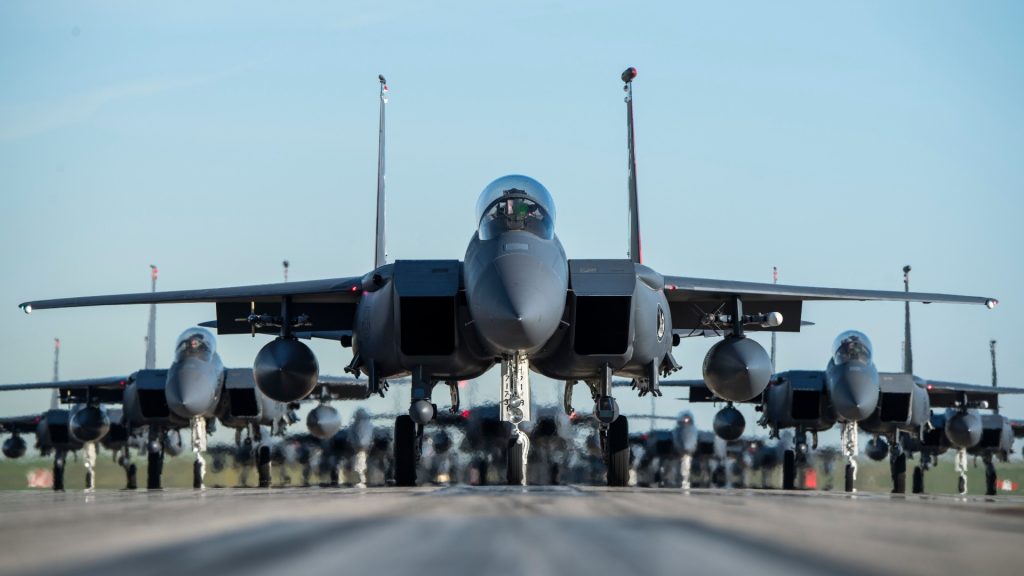The U.S. initially developed IRST sensors in the 1950s.
Others are reading now
In modern air combat, detecting enemy aircraft from a distance is vital. While radar is the most well-known method, infrared search and track systems (IRST) are becoming increasingly important, especially for Russian jets.
Doesn’t Emit Signals
IRST technology, which detects heat signatures from aircraft engines, offers a crucial advantage: it operates passively, meaning it doesn’t emit signals that can reveal the user’s location. This is particularly useful against stealth aircraft, according to WP.
The U.S. initially developed IRST sensors in the 1950s, integrating them into jets like the F-101 and F-106. However, these early systems were far from perfect, often relying on radar for precise targeting.
As radar technology advanced, the U.S. phased out IRST in favor of more sophisticated radar systems. Fighter jets like the F-15, F-16, and F-22 were designed without this sensor, focusing instead on radar-based situational awareness.
Also read
A Standard Feature
Meanwhile, Russia continued to enhance and deploy IRST in its fighter jets, such as the MiG-29 and Su-27. The sensors, housed in small domes near the cockpit, became a standard feature on Russian aircraft, offering an additional layer of detection.
European jets, like the Dassault Rafale and Eurofighter Typhoon, also adopted IRST technology, recognizing its value in modern air combat.
Recently, the U.S. has reconsidered IRST’s importance. Advanced IRST systems, such as the Electro-Optical Targeting System (EOTS), are now standard on the F-35.
Additionally, older aircraft like the F-15 and F-16 have been retrofitted with IRST sensors via external pods, significantly improving their detection capabilities. Even the F-22 is expected to be equipped with IRST sensors soon.


